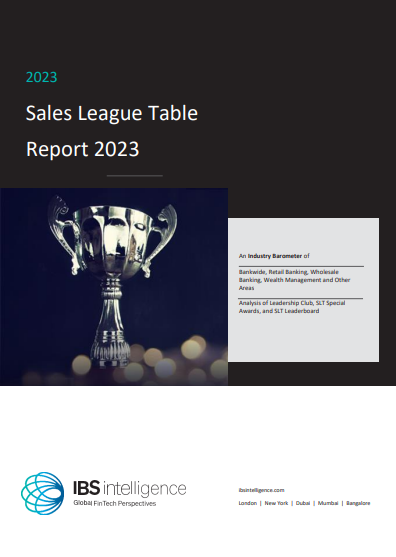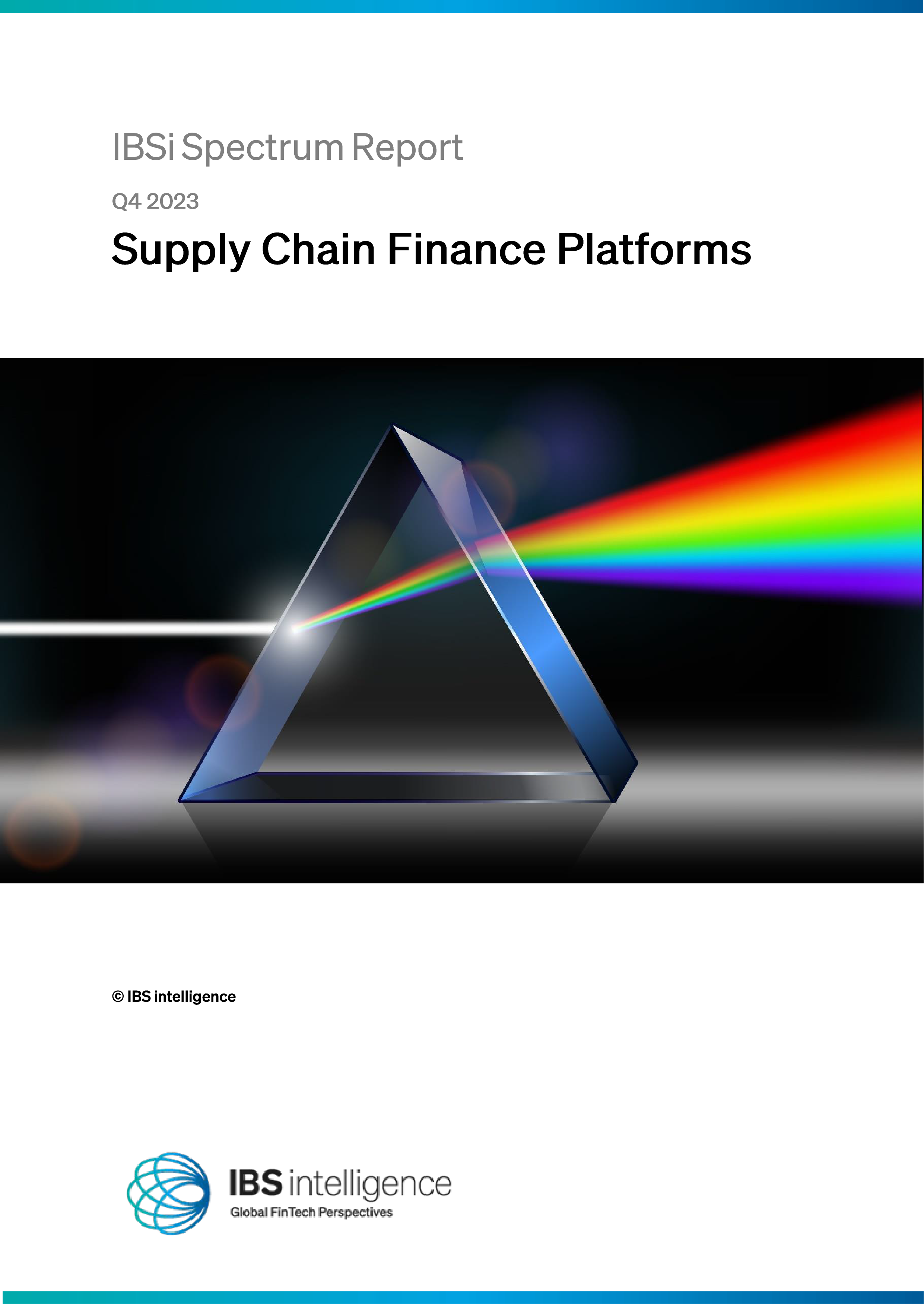 Back
Back
Digital-Only is the Next-Normal
By Rajashekhara V Maiya – VP, Global Head-Business Consulting at Finacle-Infosys
With Covid 19, there is no longer a need to push the case for a digital-only proposition, which has in a matter of weeks become the definition of next-normal banking. Thus far, traditional banks digitized to overcome challenges and keep up with competition; going forward, they will have to be digital by design.

Because of the speed with which digital-only banking is setting in, a study of the U.S. market doubts that all the bank branches that closed will open post lockdown. After all, why would customers risk a trip to the branch when they can bank safely from home? With fewer customers walking in, and social distancing norms limiting capacity, branch banking will cease to be efficient.
In the next-normal, two scenarios will emerge; one for each type of bank. Traditional institutions with a brick and mortar setup will look to build a digital-only proposition from scratch, likely as a separate subsidiary or legal entity. As the number of remote workers goes up, incumbent banks will start dipping into the gig economy for part-time and short-term employees (even in their branches), just like we predicted in our 2020 Banking Trends Report. The middle and back offices may turn fully remote, given that the concept of the office as a physical place is fast unraveling. All these developments will force traditional banks to turn digital-only, or at least digital-predominantly.
On the other hand, neo/challenger banks that were born digital will try to expand their limited offerings to a complete products and services menu, because they will now have to serve all, and not just digital-native, customers. Where challenger banks forced traditional institutions to digitize to remain competitive in the past, in the next-normal, digitized incumbents will drive their new rivals to become full-fledged providers to match their scale of offerings.
Banks evolving their digital-only propositions should pay attention to the following:
• Prepare their entire people, product, process and technology landscape for the next-normal. This means enabling people for remote working; digitizing products from end-to-end, or from origination to closure; transforming processes to run straight through with no manual intervention or hand-off; and employing technologies that can digitize the bank fast and scale it even faster.
The last is of critical importance. Recently, when the U.S. government issued benefit checks worth US$ 200-300 billion, 6 banks broke down because their systems couldn’t handle the transaction volume. For banks in advanced economies with a mass of legacy systems, the expected spurt in volume in non-branch channels is a source of concern. They need to act quickly to transform their entire landscape to avoid going down.
• Build perseverance and resilience. The industry must prepare for a twofold challenge in the next-normal. Banks short on liquidity will find it hard to pay up should customers decide to withdraw their deposits en masse. Other banks may have liquidity, but find that their assets are worthless because borrowers cannot repay their loans, and there are no buyers for their collateral. It will be a long, hard road out of this liquidity-solvency crisis, taking several years. Banks will need to plan, not just for the next couple of quarters, but for 10-20 years. They have to dig deep to be resilient in the short-term and enduring in the long. The next few years should be spent in strengthening the organization’s systems – through automation, AI and other digital technologies – and policies, in readiness for when the customers return.
• If there is a silver lining to the crisis, it is that it will force banking to be reimagined completely into a digital-only proposition; everything from customer interactions, employee transactions, risk management and cybersecurity to the way the target operating model, and front-middle-back office are run, will change substantially. If banks take all the decisions they need beforehand, the transformation will last them a long time, minimizing the need for frequent change.
• To cope with this crisis, the banking industry will need to consider its impact on other industries as well. Since the scale of Covid 19 is so much bigger than that of the 2008 Financial Crisis, measures, such as government bailout and quantitative easing to relieve banks, are out. In addition to attending to their own problems, banks must also consider the needs of clients, who are equally, if not more, impacted. While designing their digital-only capabilities, they need to consider how that might impact businesses that have also been forced into a similar situation (think of entirely automated assembly lines, retail outlets with zero employees, airlines without ticketing staff and so on). For example, can their digital-only proposition include a contactless commerce solution suitable to all industries and enterprises?
• Almost certainly banks will face new laws in the wake of the pandemic. This could be overwhelming for an industry that is already grappling with regulations around open banking, cybersecurity, consumer protection etc. However they can make it easier for themselves by planning for a foundation layer in their digital-only proposition to cater to existing and emerging compliance expectations.
The Covid crisis will put many weak banks out of business. This is therefore the time to build resilience and endurance by strengthening the P&L and Balance Sheet. In the next-normal, digital-only banking will not only concern customer-facing processes, but also apply to banking operations from end-to-end. Digital will be so entrenched that for the first time the viability of a bank could depend on how much revenue and profit it makes from its digital-only proposition.
IBSi News

April 19, 2024
Challenger Banks
Cashflows partners with National Association of Funeral Directors
Read More- Daily insightful Financial Technology news analysis
- Weekly snapshots of industry deals, events & insights
- Weekly global FinTech case study
- Chart of the Week curated by IBSi’s Research Team
- Monthly issues of the iconic IBSi FinTech Journal
- Exclusive invitation to a flagship IBSi on-ground event of your choice
IBSi FinTech Journal

- Most trusted FinTech journal since 1991
- Digital monthly issue
- 60+ pages of research, analysis, interviews, opinions, and rankings
- Global coverage
Other Related Blogs
February 02, 2024
The role of API in banking: From personalised services to customer experiences
Read MoreFebruary 01, 2024
Unlocking the difference: How Data can allow banks to generate greater value
Read MoreRelated Reports

Sales League Table Report 2023
Know More
Global Digital Banking Vendor & Landscape Report Q1 2024
Know More
Wealth Management & Private Banking Systems Report Q1 2024
Know More
IBSi Spectrum Report: Supply Chain Finance Platforms Q4 2023
Know More
